(Guest post from John Scherer, Co-Director of Scherer Leadership International. This is the sixth blog post in a six-part series about the history of Organization Development, “On the Shoulders of Giants.”)
NOTE: What I have learned about Kurt Lewin I received from four main sources. My mentor and NTL buddy, Ron Lippitt (one of Lewin’s first graduate students) regaled me with many personal stories about him. Marvin Weisbord, my long-time ODN colleague and friend (also steeped in the Lewin/Lippitt school), shared his research with me both in his marvelous book, Productive Workplaces, and in personal conversations. Jack Sherwood, another well-known and experienced Lewin/Lippitt consultant, taught me about action research and how to actually BE an OD consultant in ‘the Lewinian way’. Finally, Marrow’s thorough book on Lewin, The Practical Theorist, fills in the story about this amazing man, the Grandfather of applied behavioral science—and thereby of OD.
This may be my writing, but it is based on insights from these people. Like St. Paul said at one point, ‘I am only passing on that which I received. . .’
Can people change? This next OD ancestor of ours sure thought so. . .
Anyone who has ever heard or used words like ‘feedback’ or ‘action research’ or ‘group dynamics’ or ‘force field,’ has been impacted by Kurt Lewin. Known today as ‘the grandfather of applied behavioral science,’ Lewin, a Polish-born, Berlin-educated Jew majoring in Social Psychology, left Nazi-dominated Germany for the USA in 1933, saying, ‘I will not teach in a country where my daughter cannot be a student.’ This practical way of thinking about real world situations led him to create his revolutionary conceptual models for human behavior. As he was so fond of saying, ‘There is nothing so practical as a good theory.’ This is because a theory (from the Greek theorein, to see) allows one to see what is happening in new ways.
Many of his new ways of seeing things were put to work in a single, well-documented change project that began in 1939. In response to an urgent request from the manager at Harwood Manufacturing Company in rural Virginia for help in raising production levels, John R.P. French (an external consultant from the University of Michigan and dyed-in-the-wool Lewianian) went to see what could be done. Working with an internal personnel manager, Lester Coch, they designed and carried out what was probably the first ‘action research process.’ Harwood, a new pajama-making facility, was losing money rapidly, with very high turnover and absenteeism, in spite of higher wages and greater benefits than workers were making elsewhere. Supervisors there had tried every carrot and stick motivation and reward system they knew, all with little or no effect.
When the consultants arrived, they initiated what was then a radically different process, one that you will recognize as standard practice for OD facilitators today. First they interviewed the plant manager, then the other managers and supervisors, then, in a strange move, they also met with a representative cross-section of front line employees. After observing the system in action for a while, they made recommendations to the management team. The gist of their proposal: begin an experiment with the front line people, to learn what might make a difference in their productivity. It is hard for us to understand how revolutionary this was in 1939! One can imagine some managers and supervisors thinking, ‘Oh, great. . . we’re going to let the inmates run the prison. . .’
In support of this process they also recommended:
- That supervisors stop trying to raise production levels by addressing the work of individuals, and work instead on a system emphasizing and involving entire work teams, and
- That management set production goals that are clearly attainable by workers (when they appear impossible, there is no sense of failure when they are not reached).
Engaging the Workforce ca 1939
When production increased slightly, French and Coch began to hold informal weekly meetings with a group of high-producing workers to discuss what difficulties they encountered and how they might be overcome. Management, having nothing to lose, agreed to consider trying whatever this group suggested.
After getting management’s permission, the high-performing group was invited to vote on what the production goal for individual workers should be. They raised the existing piecework targets from 75 to 87, a level never attained before, and said they would get there in five days—which they did, much to the astonishment of management. Meanwhile other individuals and groups in the plant doing the same work had no appreciable increase in productivity.
The Lewin-oriented consultants hypothesized that motivational initiatives alone are not sufficient to create lasting change. The missing link is provided by people making decisions that affect them. His conclusion: a simple process like decision-making, which takes only a few moments, is able to affect workers’ conduct for a long time. The making of a decision seems to have a ‘freezing’ effect, Lewin hypothesized, which is partly due to the individual’s tendency to ‘stick to his decisions’ and partly due to their wanting to be a part of ‘the commitment of the group.’
Force Field Analysis
The consultants then had the small group of involved workers plan their own hourly production rates by using ‘pacing cards.’ This group hit and maintained an amazing pace, going from 67 units prior to the experiment, to 82 and stabilizing there. The other groups stayed where they were. Why?
Lewin had observed that the output of a worker was ‘quasi-stationary’ and existed, not in a vacuum, but in a constantly-shifting ‘field of forces,’ some helping and some hindering the desired change. Theoretically, changes in performance could be achieved by either a) strengthening a ‘driving’ force, or b) weakening a ‘restraining’ force. The increases created at Harwood, however, were not achieved by increasing driving forces, like more pressure to produce, or management-driven motivational methods, or even paying for performance, all of which had been tried and failed. This is because a top-down, driving-force approach creates its own back-lash of worker resistance, fatigue, anxiety and roller coaster productivity. The results at Harwood, the consultants believed, came from involving the people themselves in discovering and then reducing selected restraining forces holding production back.
B = f(p x e)
One of Lewin’s most significant conceptual inputs into the OD process is this formula: individual behavior (B) is a function (f) of personal factors (p), multiplied by the impact of the current social environment (e). This model explains why some training-oriented OD efforts aimed at the individual often fail. Like the alcoholic treated alone and then sent back to an unchanged family system, OD efforts that do not take into account making changes in the (social) environment (or ‘the field’ in Gestalt terms) will not sustain themselves. This is because personal factors are multiplied by environmental factors. Ron Lippitt, one of Lewin’s first graduate students—and my mentor in OD—quoted this Lewin saying to me once, ‘I have found it easier to change the group than to change one individual in the group.’
The Housewives Experiment
Another important Lewin action research (read OD) project occurred during WW II with the U.S. Military, a result of Ron Lippitt and Ron’s colleague, Margaret Mead’s, connections with the U.S. Navy Department. The government was interested in finding out how to get housewives to use what were euphemistically called ‘variety meats’ (basically Spam), rather than prime cuts, since there was a meat shortage, and meat was needed for the soldiers overseas. In this action research project there were two groups made up of housewives. One heard presentations (lectures) on the nutritious value of variety meats and why they should try the recipes that were handed out. The second group, while they attended the same lectures on the topic, also attended a group discussion on the topic, where they could share their thoughts, concerns, reasons for resisting the idea, and discuss recipes.
At the end of the day, they were asked who would be willing to try some of the recipes based on variety meats instead of better cuts. Many of the women in both groups made a public commitment to trying the recipes. The follow-up research, however, found that the discussion method—which allowed people to voice their resistance—had actually lowered their resistance and been far more effective than the simple ‘telling’ approach in generating long-term change in the housewives’ attitude and behavior. Lewin’s notion of the field of forces and how to reduce resistance by surfacing and accepting it was validated again.
A Few of Lewin’s Change Principles
No action without research—no research without action.
Work with the group (the human environment), not just individuals.
Involve the people who need to change in the planning of the change initiative and the decision-making in that process.
My summary of Lewin’s gift to us: Finding out what is actually happening (research)—and why it is happening—and getting all that data ‘on the table’ where it is seen, discussed and decided about with those affected in a safe process, has the power to change people and larger systems (action).
A Personal Note:
Marvin Weisbord, a long-time friend and colleague, has done more research and writing on our OD ‘ancestors’ than anyone I know, and I am indebted to his marvelous book, Productive Workplaces, for much of what I have written here about both Lewin, Taylor and Trist. He has a way of making these OD pioneers and the early moments in our birthing process come alive, and often has a unique ‘twist’ on how we have seen someone like Lewin or Frederick Taylor, showing us another side of these giants in a way that, for me, makes them more human—and more real.
I learned most of what I know about the practice of OD from Ron Lippitt, Jack Sherwood, a student of Lippitt’s, and Herb Shepard, who—along with Dick Beckhard—actually named OD. Being fortunately so close to ‘The Ancient Ones’ has given me great motivation to ‘pass on that which I received’, and Carter’s blog series is one effort to see to it that as many people as possible know and practice some of the ‘original’ principles for helping change happen.
—
Reference List of Books from This Series
For More Resources About Organization Development, see These Free Management Library Topics:
- History of OD: Part 1 of 6 – Prehistoric OD
- History of OD: Part 2 of 6 – The Psychologists
- History of OD: Part 3 of 6 — A Timeline of Who Did What and When
- History of OD: Part 4 of 6 — Frederick Taylor, the First Modern ‘Change’ Consultant
- Organizational Change
- Organization Development
- Consulting
—
John Scherer is Co-Director of Scherer Leadership International, and Billie Alban is President of Alban & Williams, Ltd. This blog is an adaptation of their chapter in the ‘bible’ of the field of OD, Practicing Organization Development (3rd Edition, 2009, Rothwell, W.J., Stavros, J.M., Sullivan. R.L. and Sullivan, A. Editors). Many colleagues contributed, among them Warner Burke, John Adams, Saul Eisen, Edie Seashore, Denny Gallagher, Marvin Weisbord Juanita Brown and others. They have drawn heavily from Weisbord’s wonderfully rich, easy-to-read, and well-documented description of the origins of the field in Productive Workplaces (1987 and revised in 2012).



